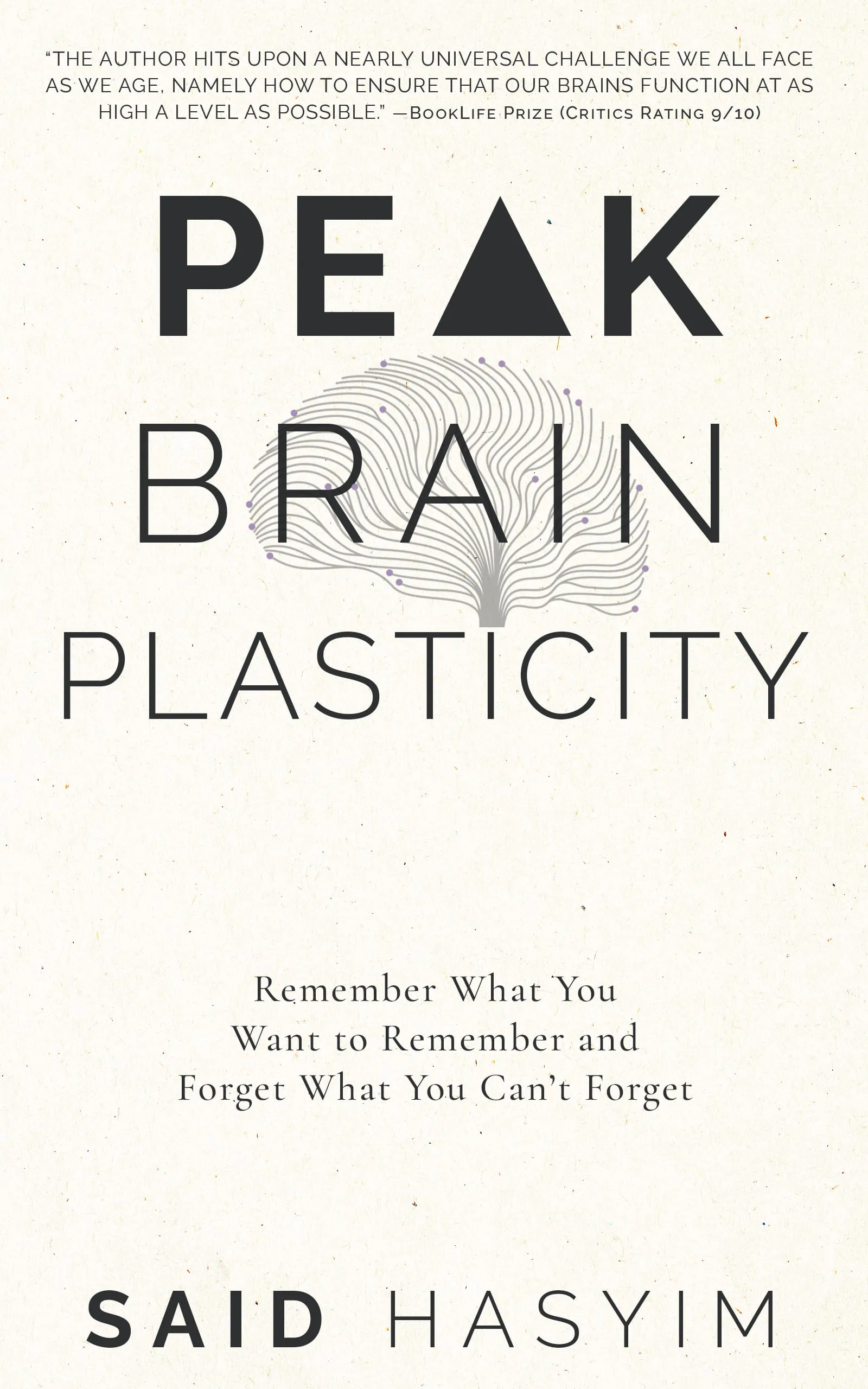Cognitive Behavioral Techniques for Memory Improvement
Memory is a powerful tool that shapes our daily lives, affects our learning, and influences our relationships. Whether you're a student trying to memorize facts for an exam, a professional aiming to retain essential work information, or simply an individual wanting to hold onto precious memories, improving your memory can significantly enhance your overall quality of life. One effective approach to enhancing memory is through Cognitive Behavioral Techniques (CBT). In this blog post, we'll explore these strategies and how they can improve memory retention.
Understanding Cognitive Behavioral Techniques
Cognitive Behavioral Techniques stem from Cognitive Behavioral Therapy (CBT), a psychological approach that aims to change detrimental thought patterns and behaviors. By addressing negative thought processes, CBT encourages positive cognitive patterns and behaviors. This method can be applied to memory improvement by reframing how we think about memory tasks and by adopting constructive behaviors that foster better retention and recall.
Key Cognitive Behavioral Techniques for Memory Improvement
1. Reframing Negative Thoughts
One of the cornerstones of CBT is identifying and reframing negative thoughts. Many people struggle with "memory blocks" or believe they have a poor memory. Instead of succumbing to these negative beliefs, you can challenge and replace them with positive affirmations.
Application:
- When you catch yourself thinking, "I can never remember anything," reframe it to, "I am capable of improving my memory with practice."
- Keep a journal to note down your cognitive distortions and their reframed versions. This exercise will help you develop a more positive mindset towards memory tasks.
2. Setting Specific Goals
Setting specific, achievable goals can enhance your focus and motivation for memory improvement. Goals should be SMART: Specific, Measurable, Achievable, Relevant, and Time-bound.
Application:
- Instead of saying, "I want to remember more," define a goal such as, "I will memorize 20 new vocabulary words within two weeks."
- Break larger goals into smaller milestones. Recognize and celebrate these smaller victories as you progress.
3. Utilizing Visualization Techniques
Visualization can create stronger associations in the brain, making it easier to remember information. This technique aligns with the CBT principle of altering perceptions to change behavior.
Application:
- Create vivid mental images linked to the material you want to remember. If you're trying to memorize a list of items, picture each item in a familiar location of your home.
- Use mind maps or diagrams to visualize connections between concepts. This can improve understanding and retention.
4. Engaging in Active Learning
Passive reading or rote memorization can often lead to poor retention. Engaging actively with the material—another CBT principle—can help solidify memory.
Application:
- Summarize the information in your own words, teach it to someone else, or apply it in practical scenarios.
- Use flashcards and quiz yourself regularly to reinforce learning.
5. Managing Anxiety and Stress
Anxiety and stress can significantly impair your ability to focus and memorize. Cognitive Behavioral Techniques teach coping strategies to manage these feelings and improve concentration.
Application:
- Implement relaxation techniques such as deep breathing, meditation, or mindfulness to reduce anxiety before engaging in memory-related tasks.
- Identify common triggers for your anxiety. Once recognized, challenge these negative thoughts with positive affirmations and coping strategies.
6. Developing a Routine
Establishing a consistent study or memory practice routine can facilitate easier recall and retrieval of information. Routines not only promote discipline but also help to form habits.
Application:
- Designate specific times each day for memory exercises or studying. Consistency will create familiar neural pathways that make recall easier.
- Create a learning environment that minimizes distractions, allowing for better concentration on the task at hand.
7. Practice Self-Compassion
In the journey of memory improvement, being kind to yourself is essential. Cognitive Behavioral Techniques emphasize self-compassion as a powerful tool for managing setbacks.
Application:
- When you forget something, instead of berating yourself, treat yourself gently. Reflect on what you will do differently next time instead of dwelling on the mistake.
- Keep a gratitude journal where you note down what you’ve accomplished on your memory journey, regardless of how small those accomplishments may seem.
Conclusion
Improving your memory is not just about using mnemonic devices or cramming information; it involves cultivating a positive mindset and engaging in behaviors that facilitate better cognitive functioning. By applying Cognitive Behavioral Techniques, you can reshape your thought processes surrounding memory, foster effective learning habits, and ultimately enhance your retention capabilities.
As you embark on this journey to improve your memory, remember that practice and patience are key. With the right strategies, a positive outlook, and self-compassion, memory improvement is both achievable and rewarding.
By exploring these techniques, you're not only working to improve your memory but also nurturing a healthier, more resilient mindset—an essential component in today’s fast-paced world. Happy memorizing!
Harness the Power of Neuroplasticity
Discover Peak Brain Plasticity, a practical book to harnessing neuroplasticity. Enhance your memory, learn new languages quickly, and alleviate anxiety with effective study methods. Uncover daily habits that impact cognitive health and explore techniques for accelerated learning and memory retention. Unlock your brain's potential for growth and transformation.
